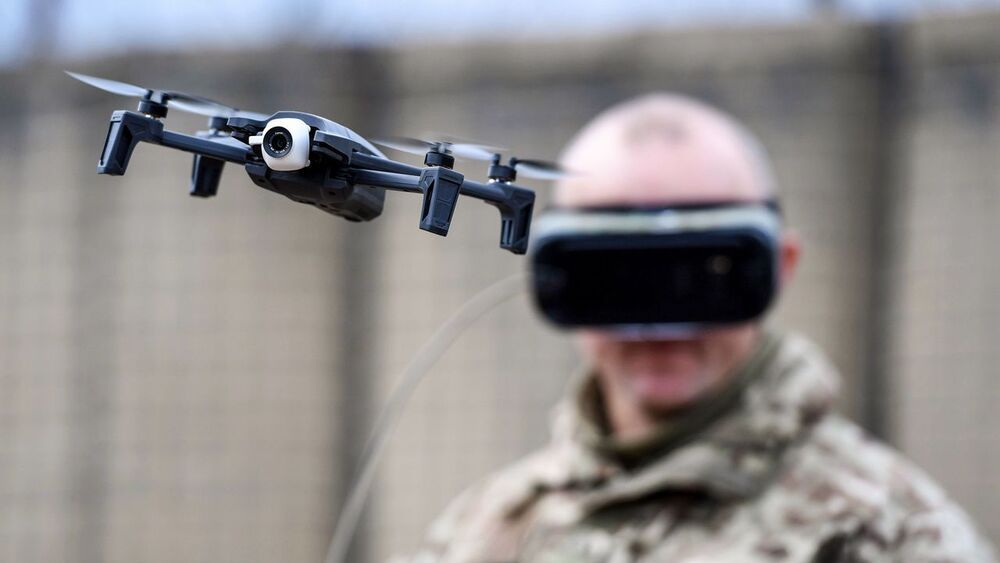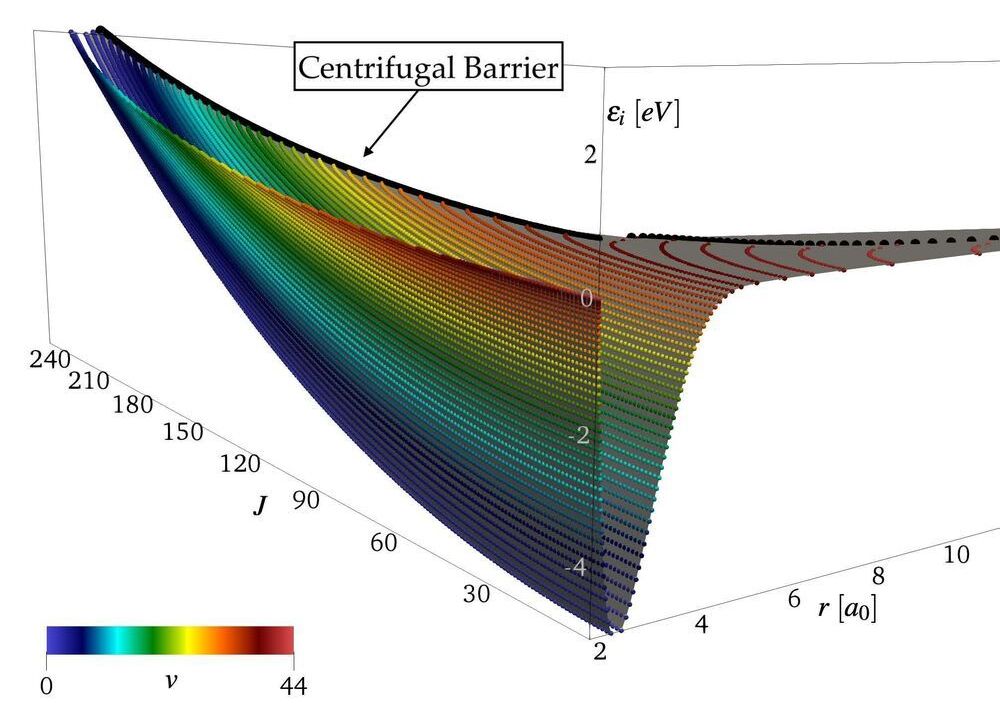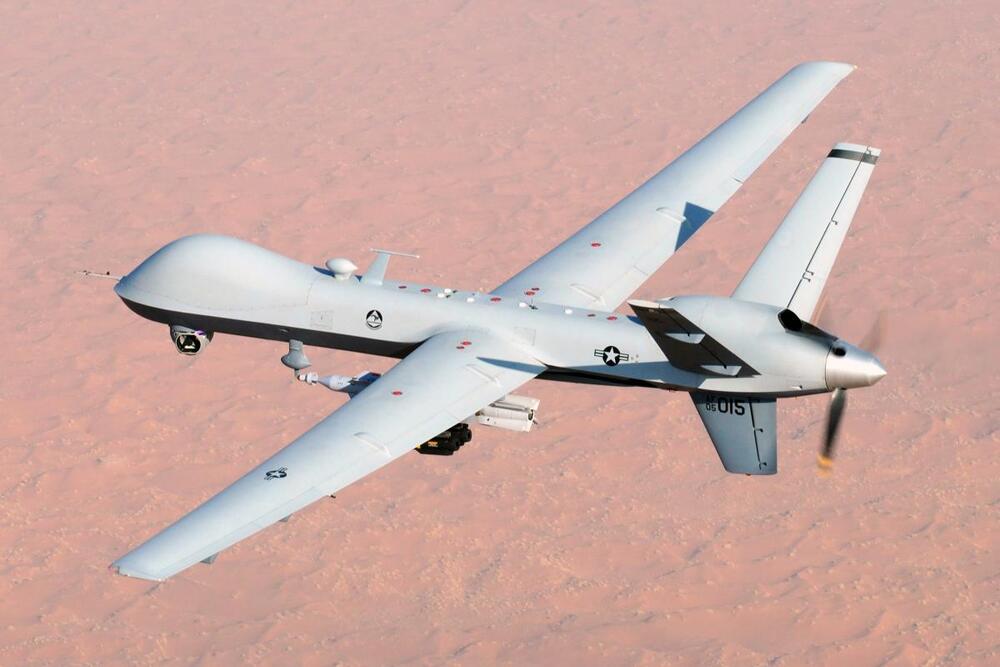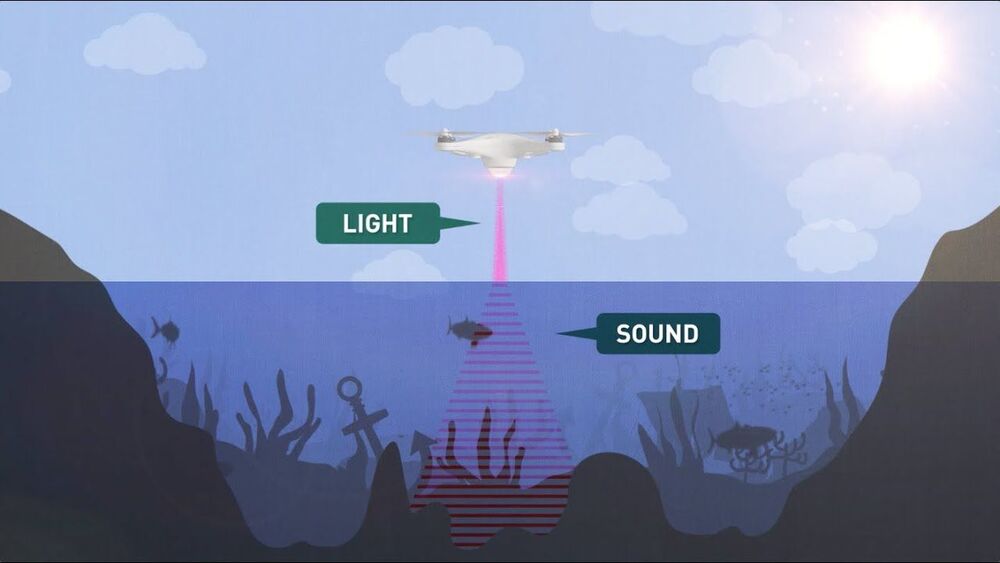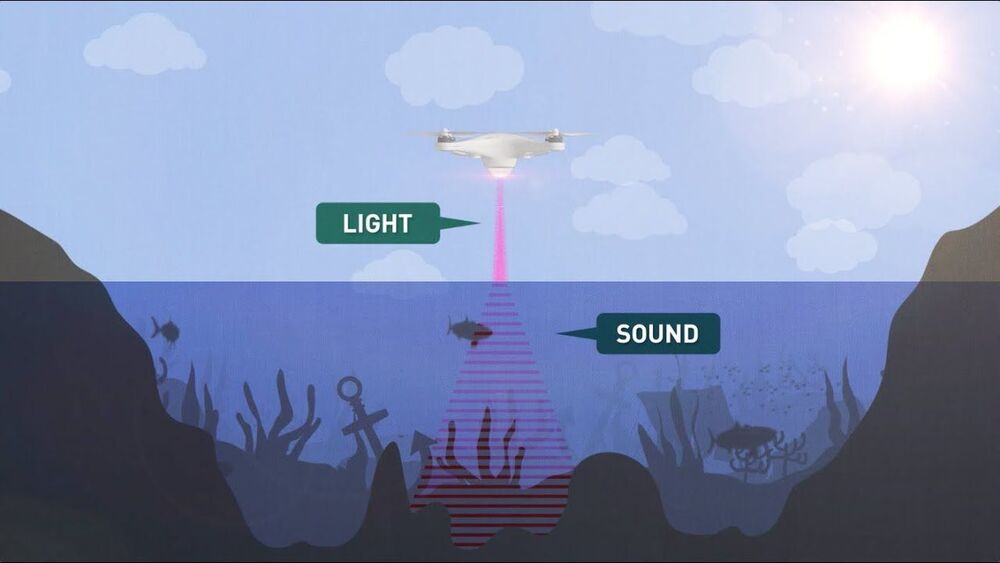Dec 8, 2020
Europe hopes new R&D fund will boost meager defense capabilities and create opportunities for science
Posted by Derick Lee in categories: drones, military, robotics/AI, science
Future EDF research topics will be specified in annual calls run by the European Commission, the EU executive branch, and approved by a committee of national delegates. AI will be a big topic, Ripoche says. He says EDF funding will also go to new materials, such as discreet metamaterial antennas that can be engineered into the surfaces of vehicles and weapons. Muravska says she expects “a healthy take-up” in the EDF by European academic researchers, “provided they are aware of it.”
With no military of its own, European Union funds work on camouflage, drones, and laser weapons.
